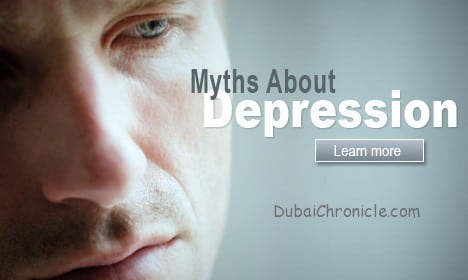
Traditionally, women are believed to be suffering from depression more often than men. But a new study revealed that the condition may be more common in men than women, if it is properly diagnosed. It appears that depression has new and quite different symptoms in men, which makes it hard to identify.
According to traditional beliefs and statistics from decades, women are about 70 percent more likely to suffer from depression and have symptoms such as sadness, feelings of regret or guilt, sleeping problems and so on. But there has always been a huge inconsistency in this theory – if it is so, then why are suicides four times more common in men than in women? It turns out that many symptoms are “gender-specific”, says psychiatrist Dr. Andrew Leuchter who studies depression at UCLA. And we just can’t compare depression in men and women because it looks very different. According to the latest study, published last week by journal JAMA Psychiatry, if we take into account all men-specific symptoms, we will realize depression is more common in them than in women.
Researchers from the University of Michigan and Vanderbilt University tested new checklists used for diagnosing depression. The well-known signs of the condition include sadness, feelings of guilt and worthlessness, loss of self-esteem and of interest in any pleasurable activities. But the new diagnosis checklists had also anger attacks, irritability, aggression, hyperactivity, risk-taking behaviors, as well as drug or alcohol abuse. A large group of nearly 5,700 Americans, of which 41 percent men were tested and interviewed and the results were surprising. When taking into consideration all symptoms, 33.3 percent of women and 30.6 percent of men turned out to be depressed at some level during their lifetime. But scientists say the percentages are so close, that it could well be just a statistical fluke.
However, when the researchers looked at only the “male symptoms scale”, around 26.3 percent of all male participants were found to have experienced a depressive condition. In comparison, only 21.9 percent of the women showed signs of depression when evaluated with the men’s symptoms. So, this new study shifts our basic perception of depression – it is no longer a women’s disease. And it is not a condition turned inward at all. Of course, many mental health specialists argue about the validity of these ideas because they turn the traditional ways upside down. But if the official diagnostic criteria see an update some day, it would be a major step not only in diagnosing but also in treating depression.




































